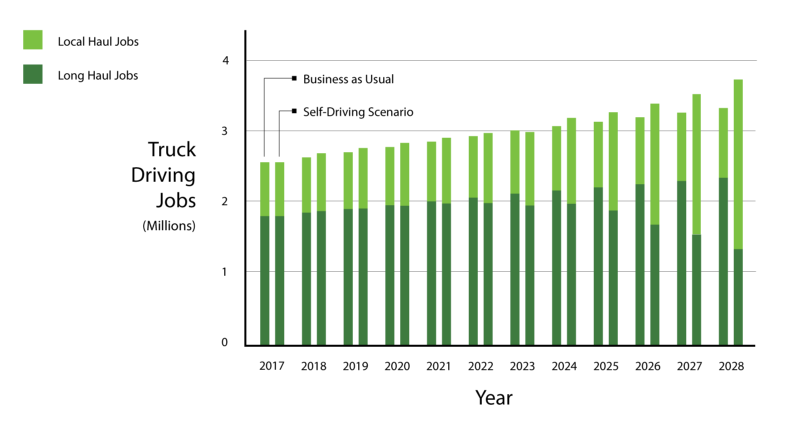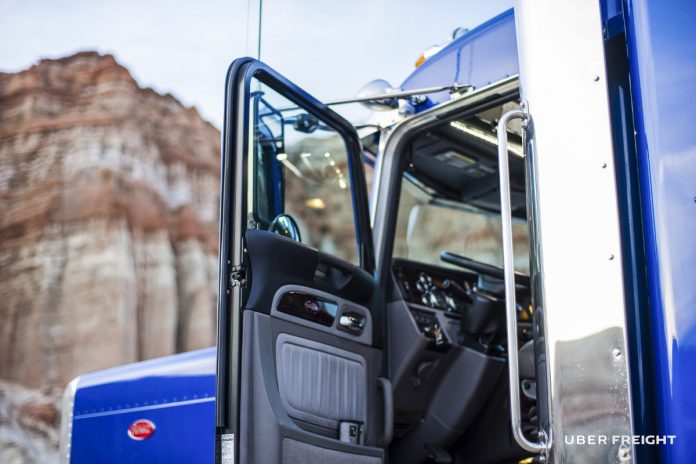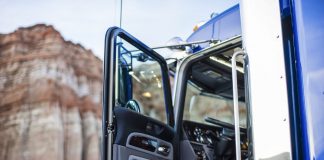The Uber Advanced Technology Group wants to start a conversation around automation and the future of the transportation industry. Uber has published a study that provides data on current trends and where the overall demand for the trucking industry is heading. Uber says this new model would benefit an industry that is currently showing problematic trends.
“Imagine that self-driving trucks are incredibly successful and impactful,” Alden Woodrow, the product lead for self-driving trucks at Uber told The Atlantic. “What would that mean?”
Using mixed-fleets with transfer hubs
Uber says that building transfer hubs close to cities and towns are essential to their vision. Uber identified three hurdles that self-driving trucks still can not solve; driving on tight and crowded city streets, backing into complex loading docks, and navigating through busy facilities.

These hubs would serve as a transfer station where truckers take over the final leg of deliveries. This would allow for the self-driving trucks to ease future demand by taking on long hauls. Another benefit would be that truckers could stay closer to home. Because of this, Woodrow says that he sees their version of self-driving trucks as “complementing humans, not replacing them.”
The current average age of truckers and future demand
During their research, Uber identified two trends with current truckers.
“The average age of a truck driver today is 49, compared to 42 for the average US worker. 55% of truckers are over the age of 45 while less than 25% are younger than 35 years old. The American Transportation Research Institute analyzed the data and found that the average age has been steadily increasing for decades.”
The American Trucking Associations estimates that as many as 400,000 truckers will retire in the next 10 years.

Uber currently estimates that between 500,000 and 1.5 million self-driving trucks will be on the road by 2028. Using a mixed-fleet system alongside transport hubs would benefit both truckers and consumers. The new model could lead to an overall growth to the industry, better truck driving jobs, and more affordable cost of goods.











